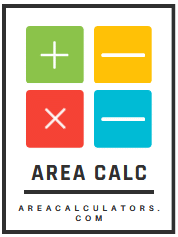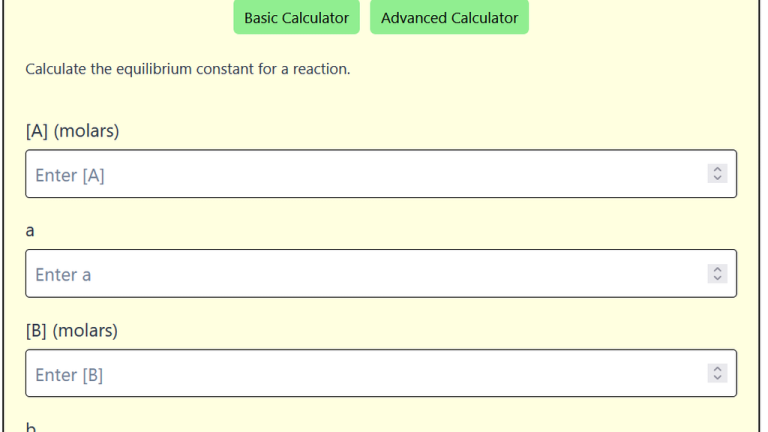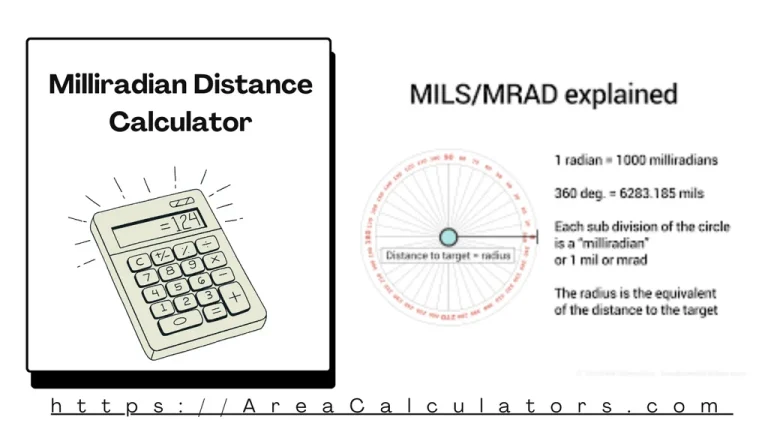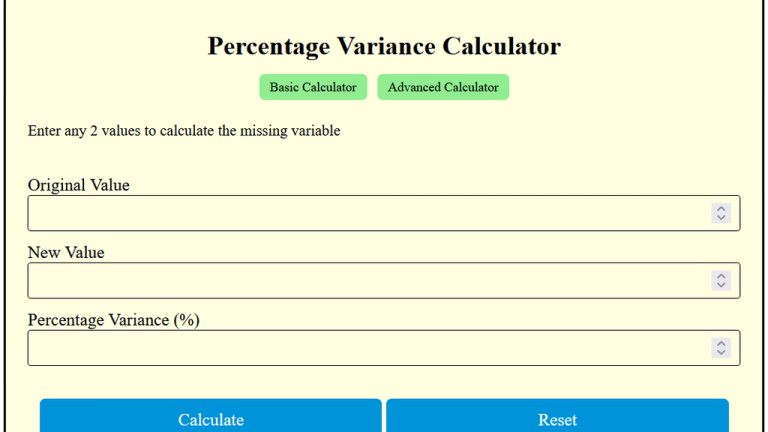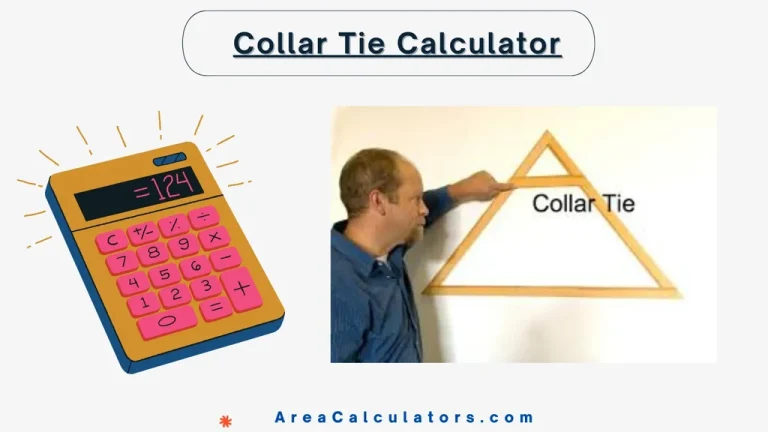Moles To Ml Calculator
To find the volume in milliliters from moles, multiply the number of moles by the molar mass and divide by the density.
The Moles to Milliliters Calculator is suitable for converting the amount of a substance from moles to its equivalent volume in milliliters. This is especially helpful in chemistry and laboratory work. In fact, understanding the volume of a solution or substance in relation to its molar amount can be crucial.
This calculator simplifies conversions between moles and milliliters, making it easier to prepare solutions and conduct experiments accurately.
Formula
- Volume (V) = (n × M) / D
| Variable | Description |
|---|---|
| V | Volume in milliliters |
| n | Number of moles |
| M | Molar mass of the substance |
| D | Density of the substance (g/mL) |
Solved Calculations
Example 1:
| Step | Calculation |
|---|---|
| Moles (n) | 2 moles |
| Molar Mass (M) | 18 g/mol |
| Density (D) | 1 g/mL |
| Volume Calculation | (2 × 18) / 1 |
| Result | 36 mL |
| Answer | 2 moles occupy 36 mL. |
Example 2:
| Step | Calculation |
|---|---|
| Moles (n) | 1.5 moles |
| Molar Mass (M) | 20 g/mol |
| Density (D) | 1.25 g/mL |
| Volume Calculation | (1.5 × 20) / 1.25 |
| Result | 24 mL |
| Answer | 1.5 moles occupy 24 mL. |
What is a Moles to mL Calculator?
The Moles to mL Calculator is a fine tool. It offers a practical solution for converting moles of a substance to milliliters. This is especially valuable for chemistry students, lab technicians, or anyone working with solutions.
By inputting the number of moles and the concentration in mol/L (molarity), the calculator accurately provides the volume in milliliters. This approach is commonly used when measuring reactants in a solution and helps avoid manual calculations.
This tool is especially helpful when precise measurements are crucial, such as in experiments or titrations where accuracy impacts results. With its adaptability, the calculator serves well across applications in chemistry labs, medicine preparation, and even industrial processes requiring solution handling.
Final Words:
To wrap it up, the Moles to mL Calculator streamlines mole-to-milliliter conversions, making it a practical resource for handling molar solutions with ease and accuracy.
